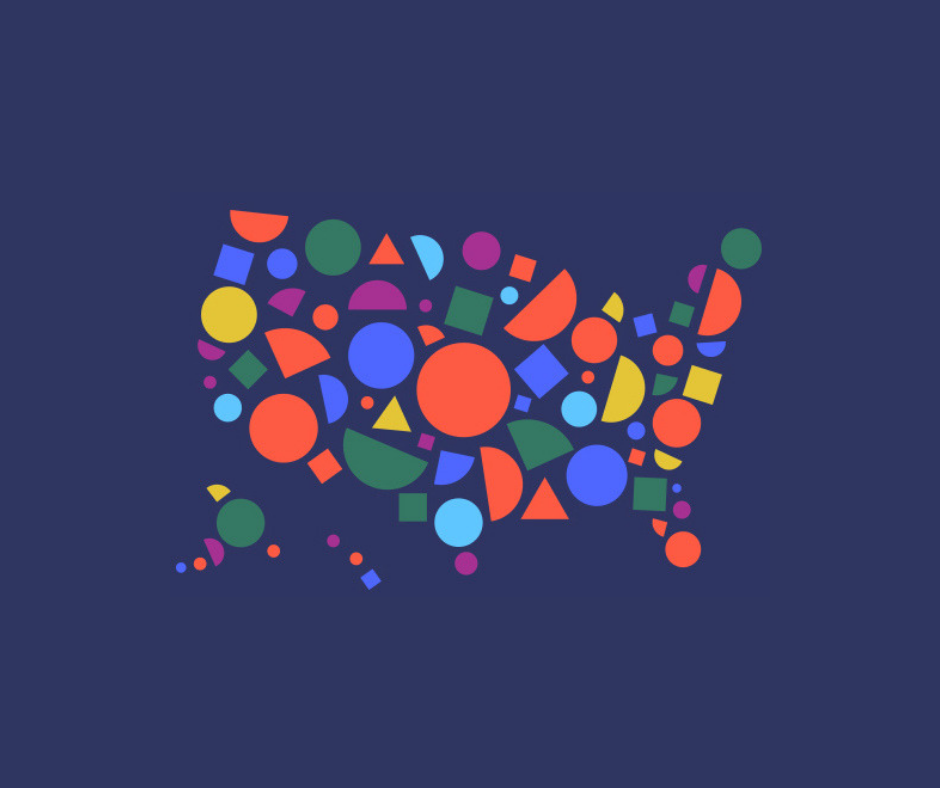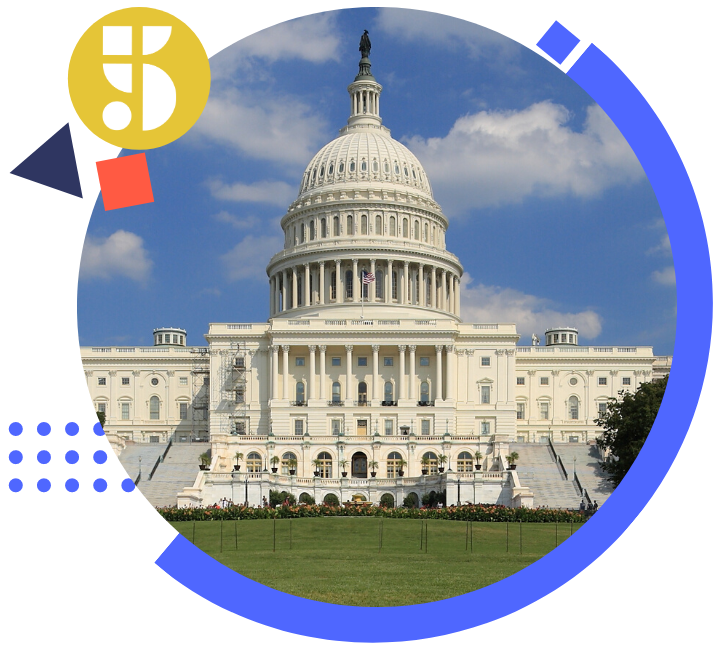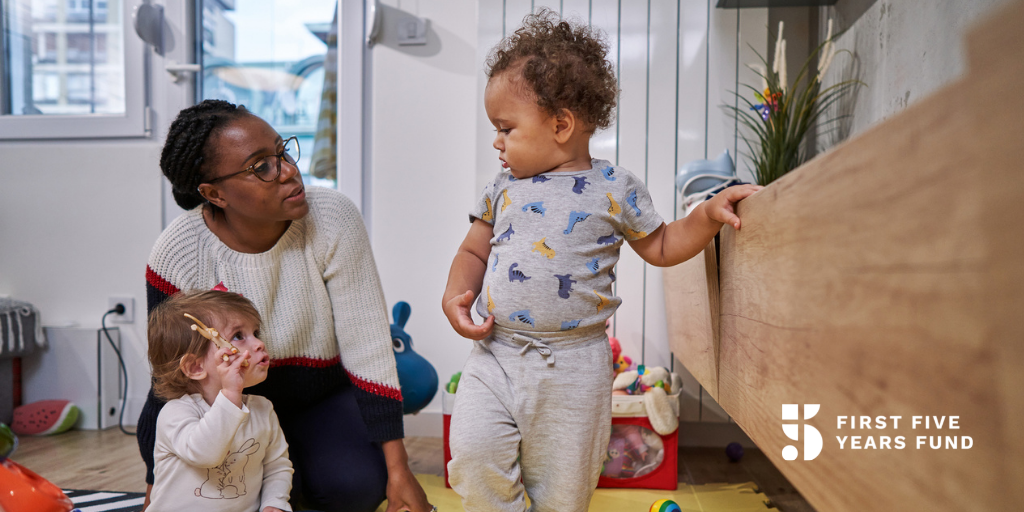Child Care Aware of America Shares Summer Update on How States are Spending Federal Relief Funds

Recently, Child Care Aware of America released “Federal Relief Funds: State Progress, Summer 2021,” an update on how states plan to use Coronavirus Response and Relief Supplemental Appropriations (CRRSA) Act and American Rescue Plan Act (ARPA) funds. While states still have a year from the first deadline to obligate funds, ensuring efficient and equitable distribution is of great priority, and best practice states and child care resource and referral agencies (CCR&R’s) offer powerful examples of how to do just that.
The nation is currently experiencing a child care crisis. Even before the pandemic, a severe lack of high-quality and affordable child care options coupled with an unsustainable market-based child care system placed care out of reach for too many families and caused providers to operate on razor-thin margins. COVID-19 exacerbated such long-standing challenges and now as the child care industry continues to recover from the impact of widespread closures, significant measures need to be taken to best serve America’s children, families, and providers. Both the CRRSA and ARPA funds, which provided critical relief of approximately $49 billion to states, can be used to help maintain the pre-pandemic supply of child care and invest in rebuilding the child care system. It is important to ensure that states spend these funds in ways that will increase the affordability, access, and quality of child care, which can only truly be done through equitable, efficient, and transparent means.
In December 2020, CRRSA provided $10 billion in supplemental Child Care and Development Block Grant (CCDBG) funding, and in March 2021, the Office of Child Care shared reports detailing how states, territories, and tribes plan to use the federal relief funds. Examples include lowering parent fees, increasing economic support for child care staff and providers, expanding eligibility criteria, and covering the costs of personal protective equipment and cleaning supplies, among a variety of other uses.

ARPA allocated $39 billion in child care relief funding, including $24 billion for stabilization grants to help programs remain open or reopen, and $15 billion to spend on allowable CCDBG activities to make child care more affordable and accessible. Additionally, ARPA permanently increased the mandatory Child Care Entitlement to States from $2.92 billion to $3.55 billion. The Administration for Children and Families maintains a map with states’ stabilization grant application information. As of mid-August, only eleven states and one territory had submitted a stabilization grant funds application. While some states have already closed their stabilization grant application process, others have two rounds and longer time frames, and more states are likely to announce their stabilization grant applications over the next few months.
The $15 billion in supplemental CCDBG funds are not restricted to COVID-19 response and can be used to support a variety of activities under the CCDBG Act, including ”raising eligibility thresholds, increasing compensation and benefits for providers, improving provider payment policies, and eliminating family copays.” Some states have begun announcing how they plan to use these funds. Nebraska increased the income eligibility threshold for subsidized child care from 130% to 185% of the Federal Poverty Level (FPL) through October 2023. Similarly, New Mexico pursued expanding income eligibility, increasing their state eligibility from 200% to 350% of the FPL, making it the state with the highest income eligibility for child care assistance. Kentucky will use funds to provide technology system upgrades. Maine will use funds to waive family and licensing fees, base reimbursements on enrollment, and provide stipends to support wages and benefits for providers, among other provisions.
Additionally, the Administration for Children and Families (ACF) recently released preliminary state Child Care and Development Fund (CCDF) Plans, which further show how states are reporting to use relief dollars as part of their 2022-2024 CCDF plans, including changes to eligibility criteria, policies and processes for graduated phase-out of assistance at redetermination, family co-payments, child care services available through grants or contracts, stabilization grants, payment rates, payment practices, and use of quality funds.
The blog highlights how best practice states and CCR&R’s are ensuring the grant process is equitable, efficient, and transparent. As CCR&Rs are the “eyes and ears of America’s child care system,” CCR&R’s in states such as Illinois, Minnesota, Maryland, New Hampshire, and New York have played a critical role in stabilization grant implementation, including providing trainings for providers and technical assistance, creating the application and portal, cutting and mailing checks, recipient reporting, and working on provider appeals. Examples of states executing such best practices include:
- New Hampshire released “ARPA Ideas for Using New Hampshire’s Discretionary Funds” survey, which allowed the state to gather feedback on potential uses of ARPA funds. Additionally, the Bureau of Child Development and Head Start Collaboration had weekly office hours to answer questions related to APRA and offer guidance through the grant application process.
- West Virginia collected public insight on ARPA expenditure guidance by holding forums for parents, providers, and stakeholders across six CCR&R regions.
- In Maryland, The MSDE Division of Early Childhood hosted three virtual town halls to gather recommendations on ARPA allocations.
States can leverage CCR&R’s to raise awareness of grant opportunities and the application process, and determination of relief funding should include community feedback. Ensuring the process to obligate federal relief funds is equitable, efficient, and transparent can help create a child care system that works for children, parents, and providers. For more information on relief funding best practices, see this fact sheet.
Subscribe to FFYF First Look
Every morning, FFYF reports on the latest child care & early learning news from across the country. Subscribe and take 5 minutes to know what's happening in early childhood education.



